No matter where you are traveling, you can see it: road debris, potholes, and washed-out roads that are in dire need of something to make them more, well, road-like. Over the world, both paved and unpaved roads have similar issues. For just these reasons, soil stabilization is a must.
What is soil stabilization, and how does it address problems with mud, road dust, and potholes? There are a plethora of approaches to stabilizing your roads, most of which can be categorized as chemical, mechanical, or enzyme-based. For the time being, we must discuss what specifically causes road dust and stability problems. We’ll go through what each of them is in more detail later.
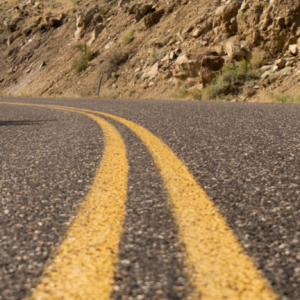
Common Road Issues
What then generates tarmac dust? Simply said, the wind, animals, or vehicles moving across the surface of the soil are sweeping the tiniest soil particles into the air. These tiny particles are highly vulnerable to physical contact since they have a hard difficulty adhering to the rest of the soil.
Most of the time, these soil fragments are categorized as clay, one of the three forms of soil that may be found in your road dirt. Clay is very pliable when wet, unlike the other two forms, silt, and sand, therefore it may be molded or molded (like pottery clay).
Although dealing with wet clay isn’t too tough, if your soil contains a lot of clay and gets too wet, you might have severe problems with mud that makes your road washed out and impassable after heavy rain. This characteristic may also lead to our subsequent subject, potholes.
The soil swells as clay absorbs a lot of water. The soil will start to dry up with the passage of time and weather, but this lack of moisture causes the soil to swiftly contract, resulting in a split in the road face visible as cracks. This can result in shifting of the subbase that rips apart the above chip seal or asphalt generating potholes if it occurs to the soil beneath the topcoat of a paved road on a regular basis.
Stabilization Methods
The root causes of several of the most prevalent road issues have been discussed. Let’s now examine the various soil stabilizing techniques that may be used to address these problems. Start with one of the most common techniques, chemical, if possible.
Chemical stabilization
A chemical is sprayed to the road soil to help better bind the soil together, creating a firmer, more dust-resistant surface. Chemical stabilization is pretty much what it sounds like. Magnesium chloride is the chemical stabilizer that is used most frequently. Magnesium chloride, which is essentially salt, draws moisture from the air and traps it in the soil to accomplish its purpose. Since the wetness keeps the tiny particles heavier, they are less likely to fly up when a car passes by.
Despite how effective magnesium chloride is in suppressing dust, there are a number of drawbacks. In addition to being extremely harmful to the environment, the solution dissolves in water. Because of this characteristic, the road must be retracted after each rainstorm. Moreover, the therapy usually wears off in 6 to 12 months owing to natural erosion.
Although they can last longer, other chemical soil stabilizers are typically much more expensive. Two stabilizers that function to bind the soil together in various ways are cement/lime and polymers.
Mechanical
Mechanical soil stabilization is a different approach that is used in many other approaches. This process might be costly since it needs a lot of effort and equipment. It functions by applying powerful impacts, either from a crane with a large weight connected to it or from a smooth wheel roller. These collisions cause ripples in the soil, stabilizing the soil particles and resulting in a flat surface. This approach was a common one, but it is now rarely used due to recent developments in soil stabilization technology.
Enzyme based
Enzymes are used in the final soil stabilization technique. An enzyme-based technique for stabilizing soil binds soil particles together at the molecular level by concentrating on the clay in the soil. The clay particles are less impacted by surface physical disturbances like wind and traffic since they are bonded together. In fact, the chemical link becomes so strong that even water cannot completely permeate it, eliminating any dirt problems. These methods often protect the environment while also resolving the majority of road problems.
Sound too good to be true? Well, there are a couple of downsides. For one, clay needs to be present in the soil for the enzymes to have something to react with. So, if your soil is more on the sandy side this solution might not be your best option.
Conclusion
So there are the three major techniques for stabilizing soil. There are many alternatives to pick from that fit into each of these categories, and we’ve just begun to scratch the surface here. Visit our soil stabilization website for additional information about all the different soil stabilization techniques. There, we discuss the advantages and disadvantages of each technique as well as the many types of soil.

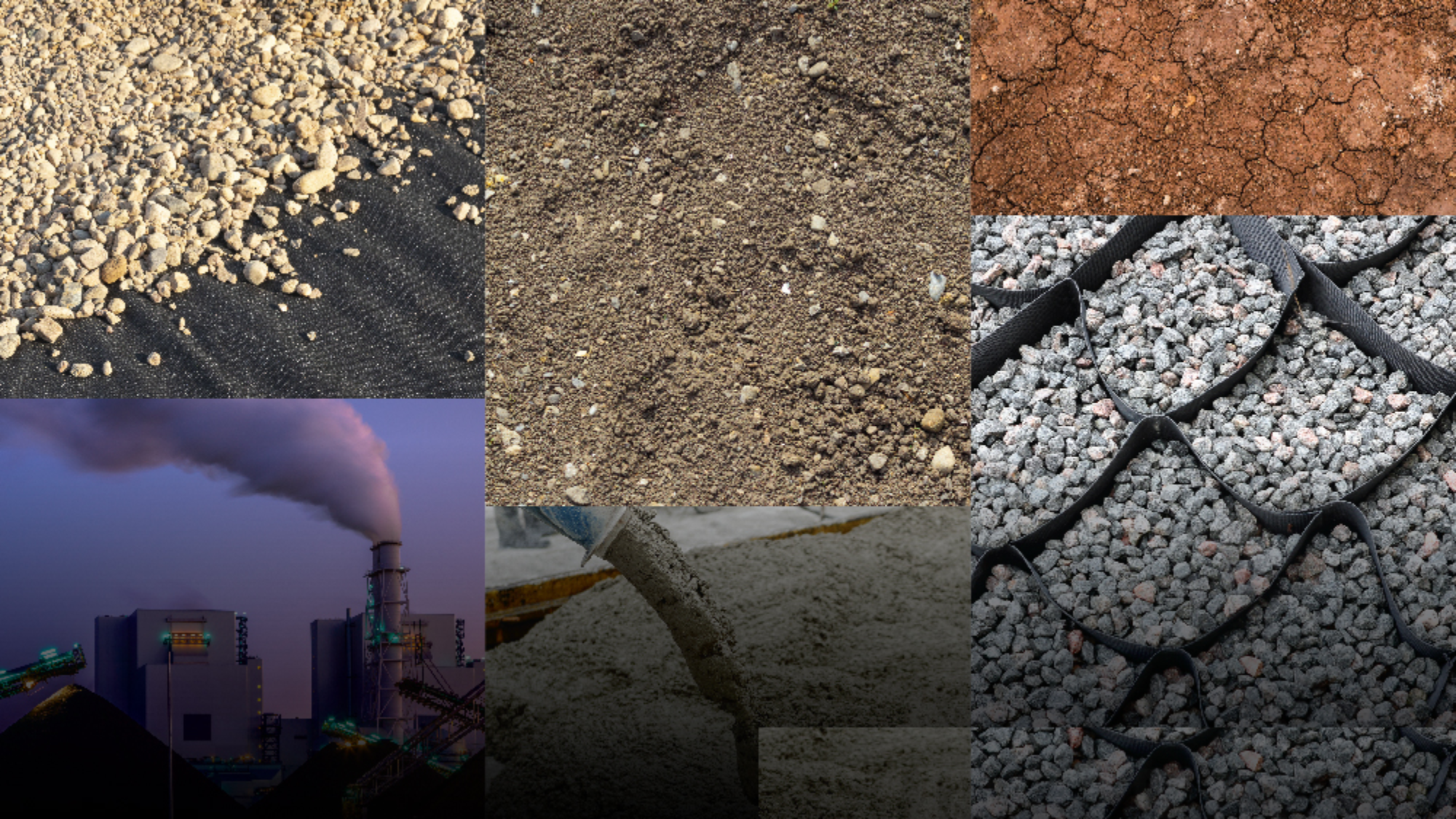

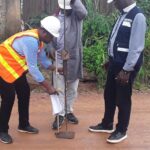

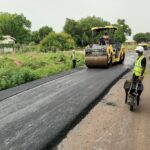
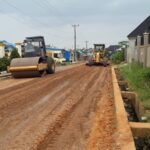

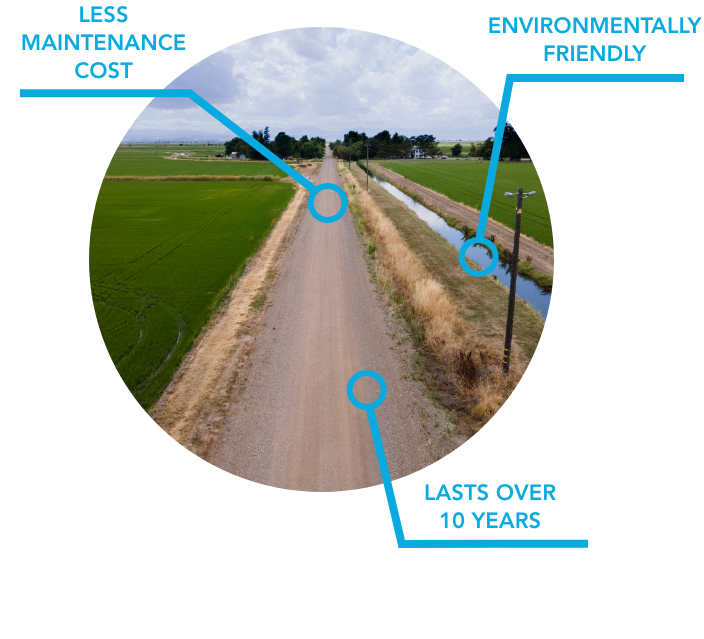

Nice job